
EC vs TDS
A quick answer to why we should use EC instead of TDS
The debate over EC and TDS has been an ongoing issue for a long time. These two measurements are used to determine the strength of hydroponic solution. Although they are widely used they should only be used as a guideline and you should always follow mixing instructions on the label of you nutrient.
EC stands for Electrical Conductivity and is measured in mS/cm or millisiemens per centimeter. TDS stands for Total Dissolved Solids and is measured in PPM or parts per million. TDS is acquired by taking the EC value and performing a calculation to determine the TDS value. Because TDS is actually a calculation it is really only a guess at what the nutrient concentration is. On top of that, there are three different conversion factors to determine TDS and different manufacturers use different conversion factors. In other words you could test the same solution with two different meters and get two totally different readings. But the EC is read the same by all meters the only difference is the conversion factor.
Some additional information for geeks like us
First of all let’s talk about the differences and similarities between EC and TDS. We all know that they are both a measure of the amount of dissolved solids in your nutrient solution. This measurement is used by growers to get an idea of how much nutrient is present in the solution. By maintaining the correct level of nutrients in the solution your plants will achieve maximum results. This all sounds very important but there are some major differences between the different meter manufacturers. Some of you may have noticed that some calibration solutions that are marked to read at a certain TDS may actually read different from meter to meter. This is where the problem begins.
Some of you may have not even heard of EC and others may have heard of it but do not even know what it is. Unfortunately many growers in the United States have become very accustomed to using the TDS scale while in most other countries, including Europe, they don’t use anything but EC. The fact is that TDS is actually a result of a calculation from EC. The problem is lack of consistency among manufacturers when it comes to conversion factors. This is where it may get a little confusing. Most meter manufacturers in the hydroponics industry use one of two conversions. There is the 442 conversion (40% sodium sulfate, 40% sodium bicarbonate, and 20% sodium chloride) which some say is the closest thing to a hydroponic solution. The 442 conversion is approximately 700 x EC in millisiemens (mS). Then there is the NaCl conversion (sodium chloride) which others say is the closest thing to a hydroponic solution. The NaCl conversion is approximately 500 x EC in millisiemens (mS). You can see where the confusion comes from because the same solution will read 2100 ppm on one meter and it will read 1500 ppm on the other. That is a difference of 600 ppm which as many of you know could be devastating. Both meters are functioning correctly they are just calculating the TDS using a different formula. So, if you do not calibrate your meter using the correct calibration solution your meter could give you a very inaccurate reading.
The solution is simple, use EC. With EC, no conversion is required so all meters will read the same regardless of the manufacturer.
Here is a chart showing some sample measurements:
| mS | µS | NaCl Conv. | 442 Conv. |
| 1.0 mS | 1000 µS | 500 ppm | 700 ppm |
| 1.5 mS | 1500 µS | 750 ppm | 1050 ppm |
| 2.0 mS | 2000 µS | 1000 ppm | 1400 ppm |
| 2.5 mS | 2500 µS | 1250 ppm | 1750 ppm |
| 3.0 mS | 3000 µS | 1500 ppm | 2100 ppm |

Hydroponic Nutrients

Organic Does Not Mean “No Pesticides”

How Plants Uptake Nutrients

What is Aquaponics

What is Aquaculture
Trackbacks and pingbacks
No trackback or pingback available for this article.
Articles
Featured
-
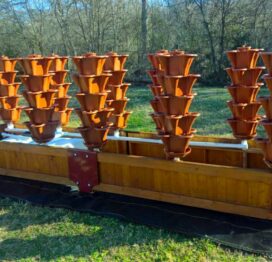 Ten Tower Deck GardenRegular Price $3,499.00
Ten Tower Deck GardenRegular Price $3,499.00 -
 Five Tower Deck GardenRegular Price $2,499.00
Five Tower Deck GardenRegular Price $2,499.00 -
 Drain Dish & Diffuser Dish Set 10 PackRegular Price $124.99
Drain Dish & Diffuser Dish Set 10 PackRegular Price $124.99 -
 5000 Watt 48 Volt Power InverterRegular Price $899.00
5000 Watt 48 Volt Power InverterRegular Price $899.00 -
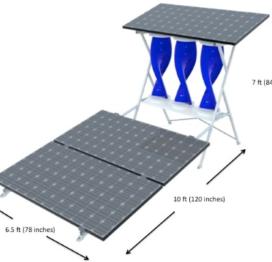 Tri-Helix Solar WindmillRegular Price $4,399.00
Tri-Helix Solar WindmillRegular Price $4,399.00 -
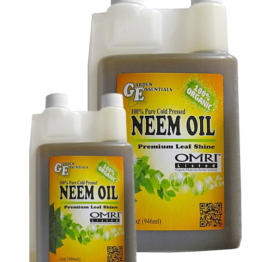 Cold Pressed Neem OilRegular Price $29.92 – $38.71
Cold Pressed Neem OilRegular Price $29.92 – $38.71 -
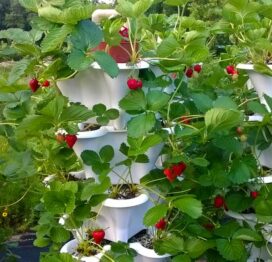 Five Tower Strawberry GardenRegular Price $2,799.00
Five Tower Strawberry GardenRegular Price $2,799.00 -
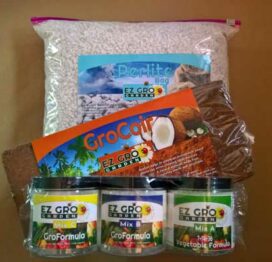 Patio Garden Recharge KitRegular Price $49.00
Patio Garden Recharge KitRegular Price $49.00 -
 Drain Dish & Diffuser Dish Set 5 PackRegular Price $69.95
Drain Dish & Diffuser Dish Set 5 PackRegular Price $69.95 -
 EzGro Precision Micro TrimmerRegular Price $11.99
EzGro Precision Micro TrimmerRegular Price $11.99









Leave a reply